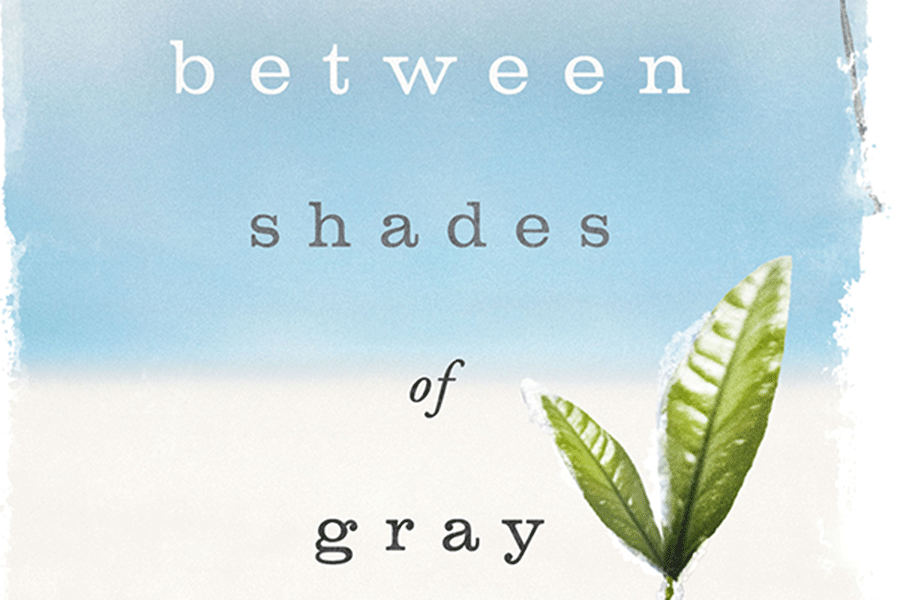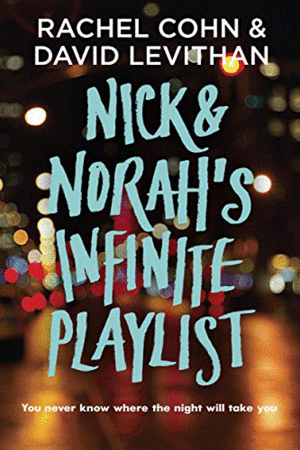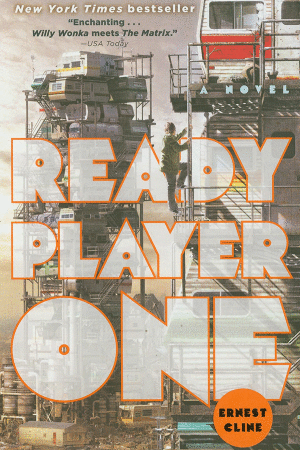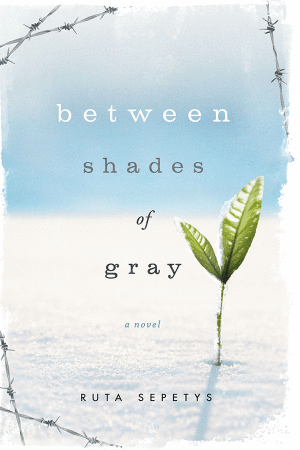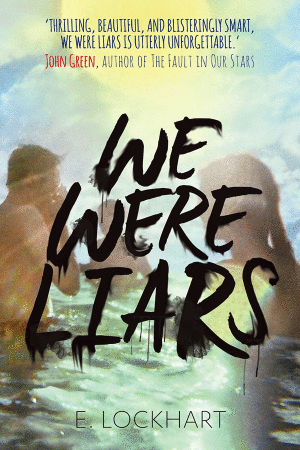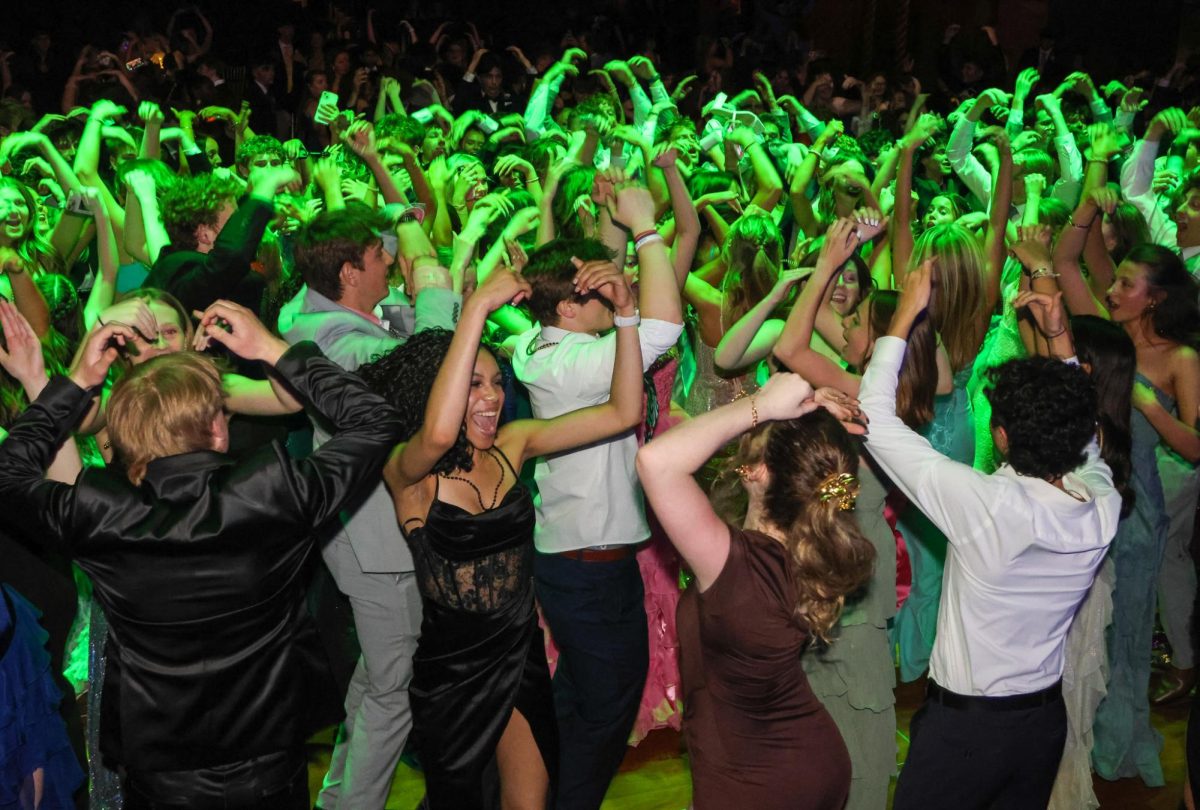JagWire recommends books based on what school reading you enjoyed
November 17, 2014
If you liked “Romeo & Juliet” by William Shakespeare, try “Nick and Norah’s Infinite Playlist” by Rachel Cohn and David Leviathan
I would probably be one of the first high school students to admit that I love reading William Shakespeare’s plays. In terms of greatness, I firmly believe that none can surpass the classic of classics and pinnacle of English 9, “Romeo and Juliet.” If you, like me, enjoyed this tragic tale of two star-crossed lovers, then you’ll be sure to enjoy “Nick & Norah’s Infinite Playlist” by Rachel Cohn and David Levithan.
“Nick & Norah’s Infinite Playlist” is the story of a bass player named Nick and a music lover named Norah who meet at a concert and go on an epic all-night date. Nick and Norah are, of
course, the Romeo and Juliet in this story. Instead of being annoyingly in love (or lust as communication arts teacher Ashley Agre would put it) like Romeo and Juliet, though, they annoyingly fall in and out of love. Nonetheless, Nick and Norah hold a place right next to Romeo and Juliet as two of the moodiest and most annoying characters who I have ever read about.
The character similarities do not stop there. Nick is initially trying to get over a past love, Tris, in the same way Romeo obsessed over Rosaline before he saw Juliet. Nick’s bandmates, Dev and Thom, support him like Benvolio and Mercutio supported Romeo, and also prove to be good confidants a la Friar Lawrence. Norah’s old lover, Tal, proves to be a very Tybalt-esque figure in that he both has a connection to Norah and does not get along well with Nick.
Although their families have not put them quite in a position of tragedy, Norah is still reluctant to tell Nick that her father is a big name record executive out of fear that Nick will only love her for because of that. Nick and Norah also do not die in the end (spoiler alert), but they still go through their emotional ups and downs.
While “Nick & Norah’s Infinite Playlist” may not be a carbon copy of “Romeo and Juliet,” the two are still very similar. Any fan of “Romeo and Juliet” ought to read “Nick & Norah’s Infinite Playlist,” as it puts a refreshingly modern spin on a classic storyline.
If you liked “Fahrenheit 451” by Ray Bradbury, try “Ready Player One” by Ernest Cline
“Fahrenheit 451” by Ray Bradbury combines elements of dystopia and science fiction to tell the story of a person searching for something better in a oppressive, futuristic society. Ernest Cline’s “Ready Player One” takes a similar formula and makes a novel that applies to young adult readers today.
The creator of the virtual reality program OASIS, an integral part of the broken society in Cline’s novel, dies and releases a video announcing that whoever finds an “easter egg” hidden in the program will win his fortune.
While protagonist Wade Watts, who attempts to win the fortune, is a teenager, this book feels different than your typical adolescent dystopia story. The story retains elements of the genre without becoming a repetitive copycat.
Cline’s prediction of what may lie in our own future is quite possible: virtual reality is steadily gaining traction in our world. Fans of sci-fi will enjoy seeing how the technology works in the near-future of “Ready Player One.”
The novel combines combines elements of the sci-fi and dystopia to form a book to rival “Fahrenheit 451.”
If you liked “To Kill a Mockingbird” By Harper Lee, try “Between Shades of Gray” by Ruta Sepetys
If you liked “To Kill a Mockingbird” by Harper Lee, then check out “Between Shades of Gray” by Ruta Sepetys. Although the plots are different, both protagonists are young girls living a life full of prejudice. “To Kill a Mockingbird” is about a girl named Scout who lives during the Great Depression. In “Between Shades of Gray,” the main character is Lina, a young girl living with her brother and mother in a camp after being captured by Soviet officers during the Stalinist repressions.
Both girls are social and they continue to make new friends and discover more about hardships and oppression. They also work to see the good in people even through these hardships. Through the prejudice they face they are able to maintain positive outlooks. The strong characters and detailed plots will truly take you back in time, allowing you to empathize with the characters and the discrimination they suffered. Fans of historical fiction like “To Kill A Mockingbird” will enjoy “Between Shades of Gray.”
If you liked “The Great Gatsby” by F. Scott Fitzgerald, try “We Were Liars” by E. Lockhart
No one beats Gatsby. F. Scott Fitzgerald’s “The Great Gatsby” is considered one of the greatest American novels. Set in the Roaring ‘20s, the story of Jay Gatsby and his obsession with Daisy Buchanan has entertained readers for just under a century. With vivid detail, Fitzgerald describes the disillusionment of high society.
“We Were Liars”, by E. Lockhart takes place in present day. The novel emits the same loneliness found in a rich lifestyle. Narrated by Cadence Sinclair, the heiress to a family fortune, “We Were Liars” tells the story of the summers she spends with her fellow cousins, or Liars, at their vast family estate. One summer, an unexplained event occurs which changes all the Liars’ lives forever.
“We Were Liars” has the same twists and turns as “The Great Gatsby”. Both novels are filled with tension and suspense that leaves the reader on the edge of their seat.
While nothing will replace “The Great Gatsby”, “We Were Liars” is a close equivalent. Check it out if you are looking for an interesting easy read.



